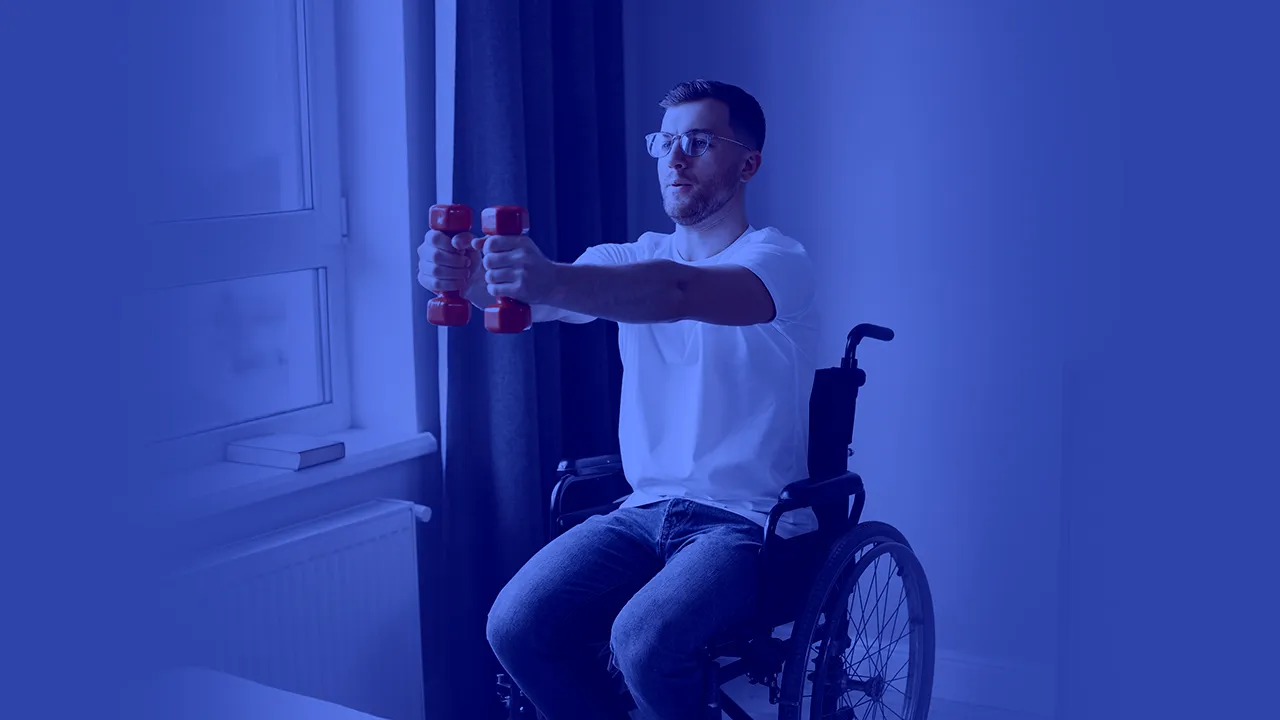Duchenne muscular dystrophy (DMD) is the most severe type, affecting boys and young men who inherit the genetic defect responsible for the disease. It is characterized by progressive muscle weakness and loss of muscle mass and is typically fatal in early adulthood due to complications of muscle weakness and wasting.
DMD is caused by a recessive mutation in the gene that encodes for dystrophin, a protein responsible for maintaining the structural integrity of muscle cells. Without this protein, muscles quickly break down and weaken, leading to progressive disability and premature death. DMD affects approximately 1 in 3,500 boys and is characterized by impaired physical function and cognitive, behavioral, and learning impairments.
Early DMD symptoms include difficulty climbing stairs, walking, and running. As muscle weakness progresses, affected individuals have difficulty lifting their arms, buttons, zippers and a waddling gait. The disease affects the entire body, causing problems with the heart, lungs, and other internal organs. Individuals may also experience difficulty swallowing and are at risk for respiratory infections because of weakened respiratory muscles.
Although there is currently no cure for DMD, research has been conducted to understand the genetic mutation responsible and to develop treatments to slow down the progression of the disease.
Research has established that restoring the lost dystrophin protein could reverse the effects of muscular dystrophy and possibly stop the progression, which led to gene therapy development, where a portion of functional dystrophin is introduced into the body by viral or non-viral vectors.
The most advanced potential treatment is exon skipping, where a portion of the dystrophin gene is removed, thus allowing a functional messenger RNA (mRNA) to be formed.
In addition to gene therapy, there are medications to help manage muscle stiffness and spasms and steroids to help reduce inflammation and improve muscle strength.
Physical and occupational therapy can also help maintain and improve strength, flexibility, and coordination. Assistive devices such as wheelchairs, canes, and walkers can help individuals with Duchenne muscular dystrophy maintain independence.
Living with Duchenne muscular dystrophy can be an emotional and physical challenge for caregivers and individuals affected by the disease. Affected individuals and their families need access to support services to help manage the disease. Support groups, educational resources, and new treatments can give individuals and their families the information and resources they need to cope with the condition.
Duchenne muscular dystrophy is a devastating genetic disorder affecting the muscles of boys and young men. Affected individuals often experience progressive weakness, loss of muscle mass, and premature death. While there is no cure, medications and physical and occupational therapy can help to improve muscle function and quality of life. Research into treatments such as gene and exon-skipping therapy is ongoing, and hopefully, a cure will be found shortly. It is also important to acknowledge the emotional and physical toll of living with Duchenne muscular dystrophy and for affected individuals and their families to access support services.

Comments are closed.